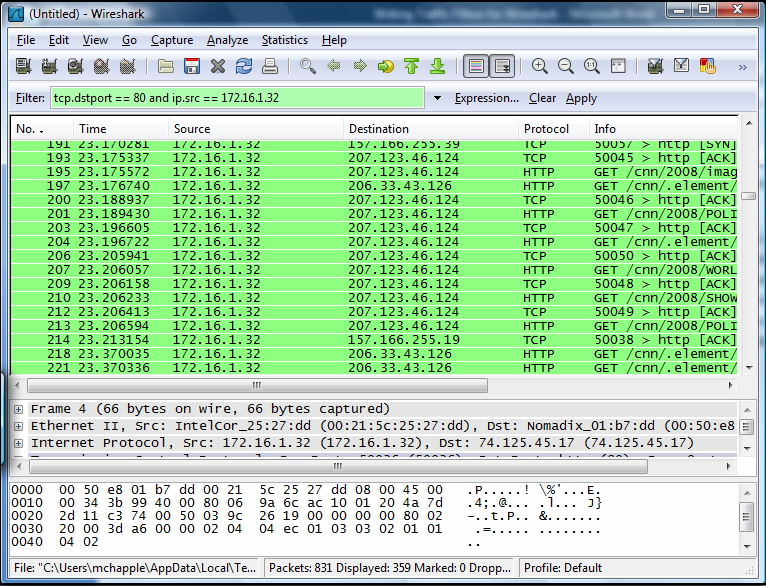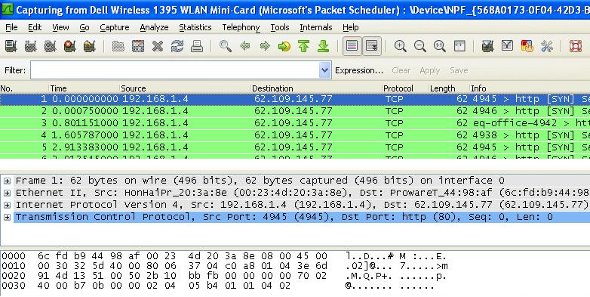

By using this option the output is sent immediately to the piped command giving an immediate response when troubleshooting. Without the option to force line ( -l) buffered (or packet buffered -C) mode you will not always get the expected response when piping the tcpdump output to another command such as grep. :~$ sudo tcpdump -i eth0 -s0 -w test.pcap Line Buffered Mode

Writing a capture file to disk allows the file to be opened in Wireshark or other packet analysis tools. Writing a standard pcap file is a common command option. :~$ sudo tcpdump -i eth0 dst 10.10.1.20 Write a capture file :~$ sudo tcpdump -i eth0 host 10.10.1.1Īlternatively capture only packets going one way using src or dst. Using the host filter will capture traffic going to (destination) and from (source) the IP address. :~$ sudo tcpdump -i eth0 udp :~$ sudo tcpdump -i eth0 proto 17 Capture Hosts based on IP address The equivalent of the tcp filter is protocol 6.

These two commands will produce the same result. Another way to specify this is to use protocol 17 that is udp. :~$ sudo tcpdump -A -s0 port 80 Capture on Protocolįilter on UDP traffic. Another option that shows both hexadecimal output and ASCII is the -X option. This allows easy reading and the ability to parse the output using grep or other commands. Display ASCII textĪdding -A to the command line will have the output include the ascii strings from the capture. Port 80 : this is a common port filter to capture only traffic on port 80, that is of course usually HTTP. v : Verbose, using ( -v) or ( -vv) increases the amount of detail shown in the output, often showing more protocol specific information. Needed if you want to pull binaries / files from network traffic. s0 will set the size to unlimited - use this if you want to capture all the traffic. s0 : Snap length, is the size of the packet to capture. This is handy for not only viewing the IP / port numbers but also when capturing a large amount of data, as the name resolution will slow down the capture. A double ( nn) will not resolve hostnames or ports. nn : A single ( n) will not resolve hostnames. Not always required if there is only one network adapter. i : Select interface that the capture is to take place on, this will often be an ethernet card or wireless adapter but could also be a vlan or something more unusual. :~$ sudo tcpdump -i eth0 -nn -s0 -v port 80

The following command uses common parameters often seen when wielding the tcpdump scalpel. Capture with tcpdump and view in Wiresharkįirst The Basics Breaking down the Tcpdump Command Line Capture Start and End Packets (SYN/FIN)ġ9. Example Filter Showing Nmap NSE Script Testingġ6.


 0 kommentar(er)
0 kommentar(er)
